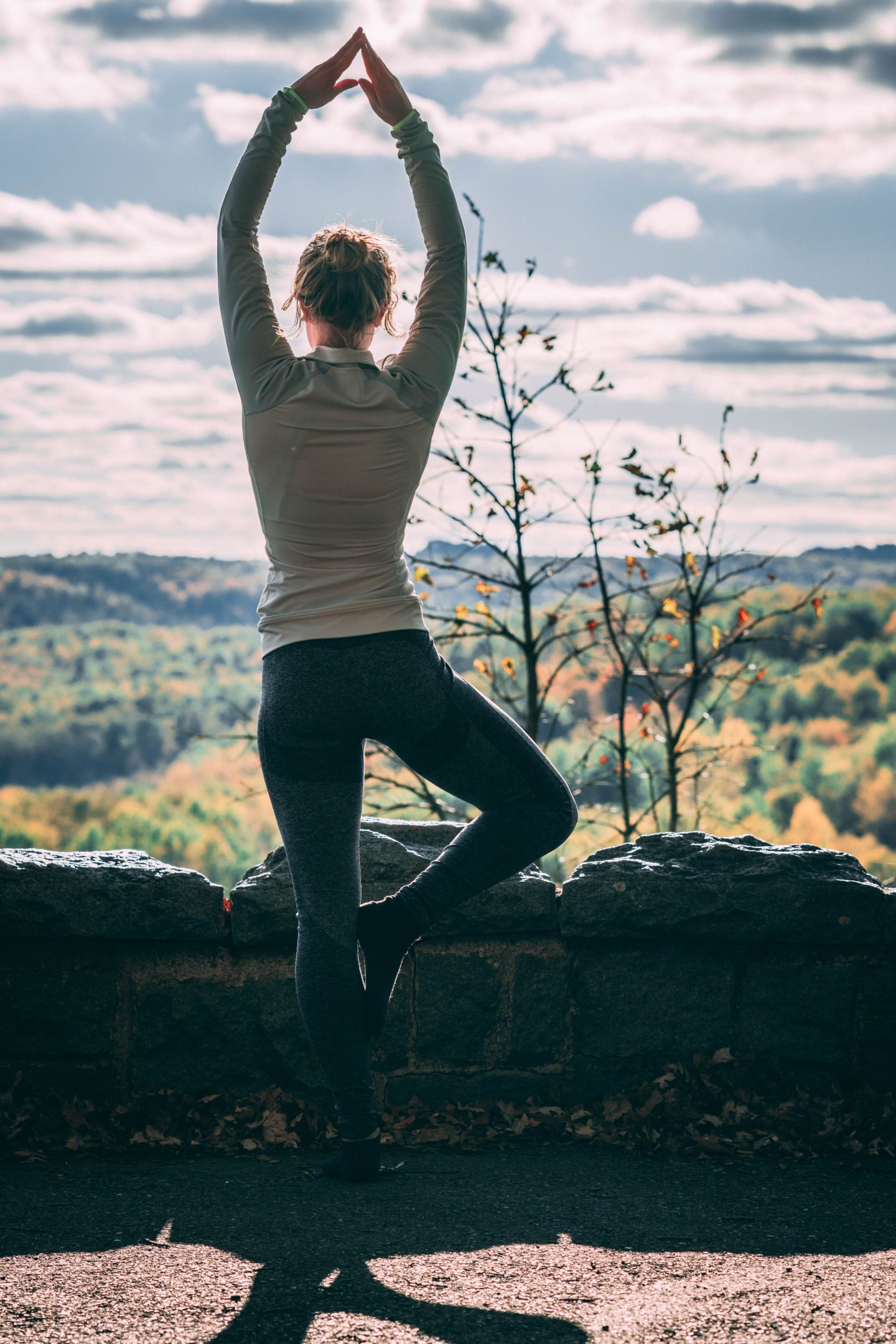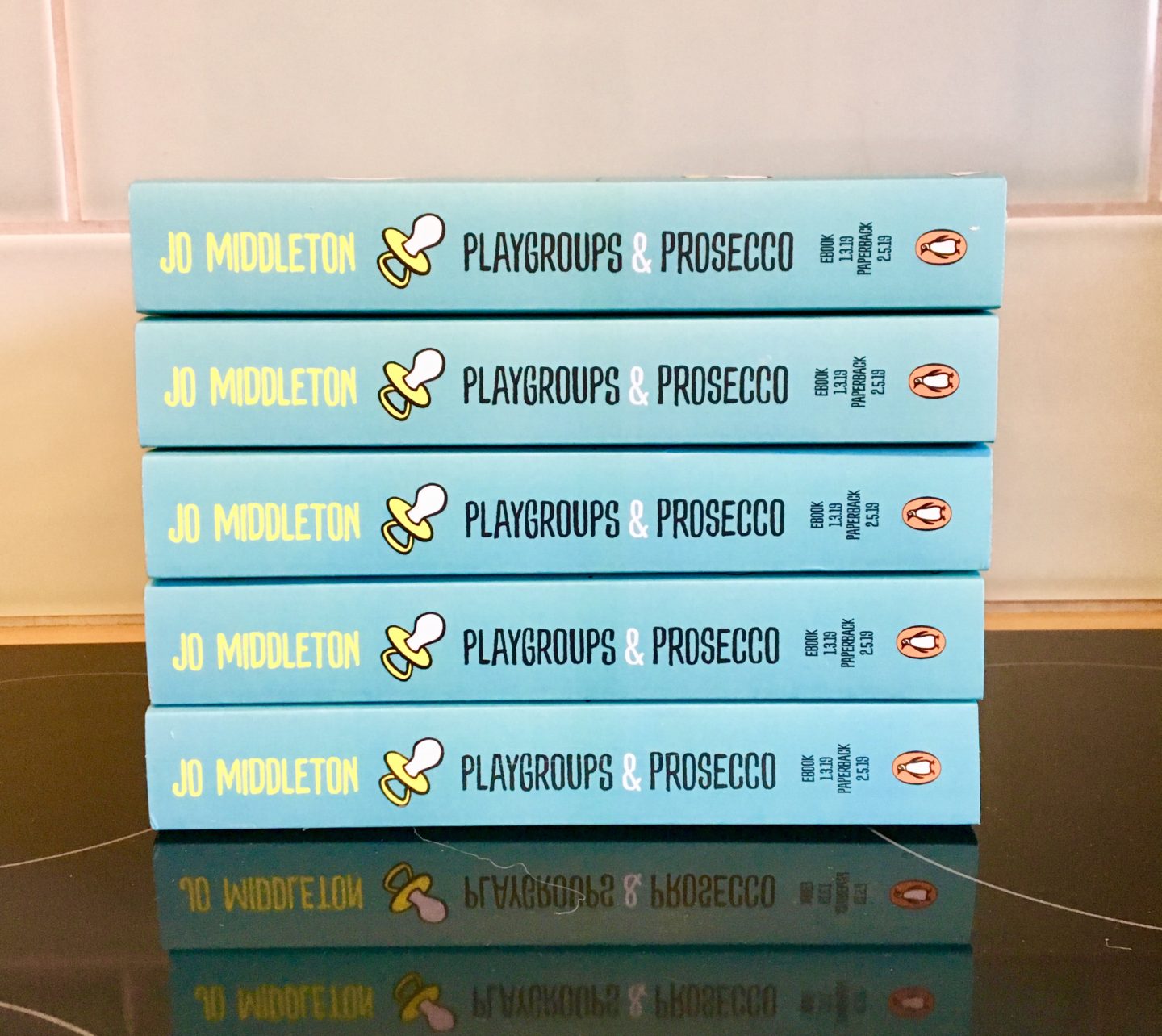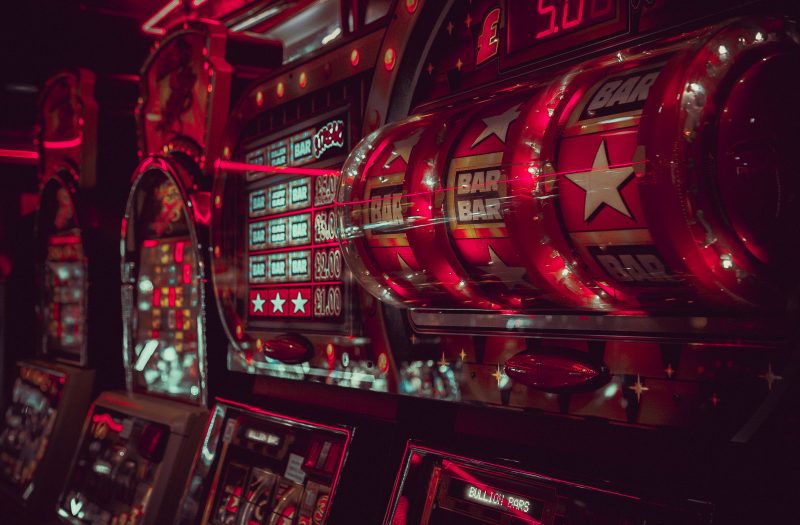PROMOTION
Motherhood is something many women want to achieve in their lives. Mothers have a unique bond with their child. While being a full-time mother is a difficult job, some women take on more challenges by starting their own business.
Raising a child is not easy. It requires a lot of time and effort. As a mother, you also need support from people around you, whether it is from your spouse, relatives, or friends. All of these people contribute to the growth of the child.
The same is true with starting a business. You need to invest lots of time and effort to establish the business, especially if you are working from home, as this takes a lot of self-discipline. You also need support from a lot of people to ensure its sustainability. Here are some of the things to do if you want to become a successful Mompreneur.
- Establish a Plan
There are many businesses today, but only a few become successful over time. When you have a plan before starting it, it will make your company stand out from competitors. It also allows your startup to reach out to its target market effectively.
Make sure the plan is flexible enough to handle future problems or situations. You should be able to make changes when needed. Even if an issue comes at a short notice, you need to be able to adapt to the situation. Flexibility allows an entrepreneur to judge a situation and change the business plan appropriately.
- Earn Using Your Passion
The best way to sustain your energy and motivation over time is to create a company based on what you are passionate about. You can incorporate your hobby into a business concept to reduce stress.
Passion fuels the willpower of Mompreneurs to succeed in starting and running a business. If you are passionate about the business, there’s less stress that comes with being a mother and entrepreneur.
- Prepare to Work Odd Hours
Whether you are a freelancer, stay-at-home mom, or a working mother, proper scheduling is important if you are going to add entrepreneur to your title. Most of the time, working during regular office hours is impossible.
Most Mompreneurs work when their kids are at school or asleep. That gives them around one to three hours of uninterrupted time to work during the day. Some work at night, but that depends on how long they can stay up.
The schedule should be concrete so that there is no time and effort wasted during operations. It is also important to let your family in on your plan. That way they know what’s expected from them. You should find ways to complete all the necessary tasks to maximize your time.
- Reduce Distractions
Mothers deal with many distractions each day. When starting a business, it is important to try your best to minimize the distractions while working on the business. You should create rules on what to prioritize and stay disciplined in keeping up with the plan.
The best way to reduce distractions is to set rules and set things aside that will keep you from performing your tasks. However, make sure you have enough time for your kids. Don’t forget that being a mom comes before other roles in life.
One thing to keep in mind is that work doesn’t stop for a mompreneur. Still, you should be able to separate work from family. When working, put one hundred percent of your effort into it and avoid unnecessary distractions along the way.
- Make Sacrifices
Making sacrifices is a crucial part of becoming a mompreneur. There are instances in which you need to miss bonding with your kids during weekends because of business schedules. Other times you need to reschedule a meeting with a client because of a sick kid.
There’s no right or wrong solution to each problem that you encounter in the future. What’s important is that you determine if the sacrifice is worth it in the end.
- Get Inspiration from other Mompreneurs
Most successful Mompreneurs started their enterprise, knowing what they were getting themselves into. They got their inspiration from other mothers who successfully transitioned into becoming entrepreneurs.
You can talk with other entrepreneurs to get advice or look online to read about success stories. You can also look for mothers who failed at establishing their own business. Learning from the successes and failures of others can be helpful in the long run.
- Monitor Finances
It is important to monitor your finances before starting a business. Keep in mind that some ventures require little investment, while others require a large sum of money where they might need an assistance in term of borrowing extra cash from business lenders. Create a financial plan that shows where and how much you plan to invest.
Financial experts from just right loans suggest separating the business account from your personal account. While you might use your savings to start the business, make sure that you have separate accounting and bookkeeping for the company. This will be a big help during tax season as well getting loan from trustworthy lenders as professional business account improve chance of business loan.
- Have a Support System
Burning out is easy when you are a Mompreneur because of all the pressures and stresses that come along with running the company. The best way to avoid burnout is to develop a support system.
You can unload some of the time-consuming tasks at home by outsourcing them, for example, you can hire cleaners to maintain the cleanliness of your home. As the company grows, hire managers you can trust while away to take care of family matters.
- Know Why You are Starting a Business
Before creating a startup, you should think about the reason for starting it in the first place. Most moms create their own enterprises because of either financial needs or emotional needs. With the former, mothers want the profits to cover household expenses. Mothers want to fulfill their purpose or passion with the latter.
In most cases, mothers don’t become entrepreneurs for selfish reasons. There is too much at stake for them to risk the stability of their households. That’s why it is important to have a concrete purpose behind the decision to become a Mompreneur.
As you can see, the road to mompreneurship is not easy. It takes time and effort to ensure you can achieve your goals. Success doesn’t come overnight, and there will be heartaches and headaches along the way.
Being a mompreneur is like living a double life. Compromises will be made over time to ensure everything goes smoothly. Things might not always go according to plan, but it is important that you know what you are doing and do it well for the sake of your family and business. Knowing the secrets, we’ve shared in this article will help you on your journey to become a Mompreneur.






